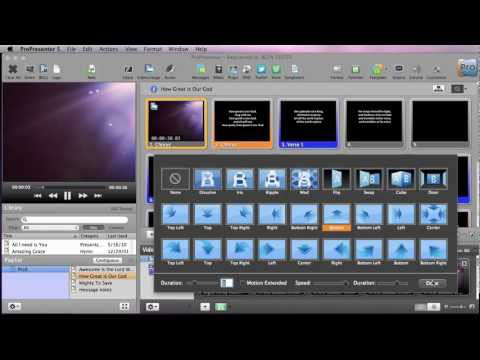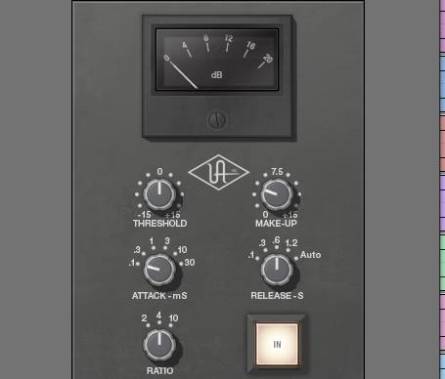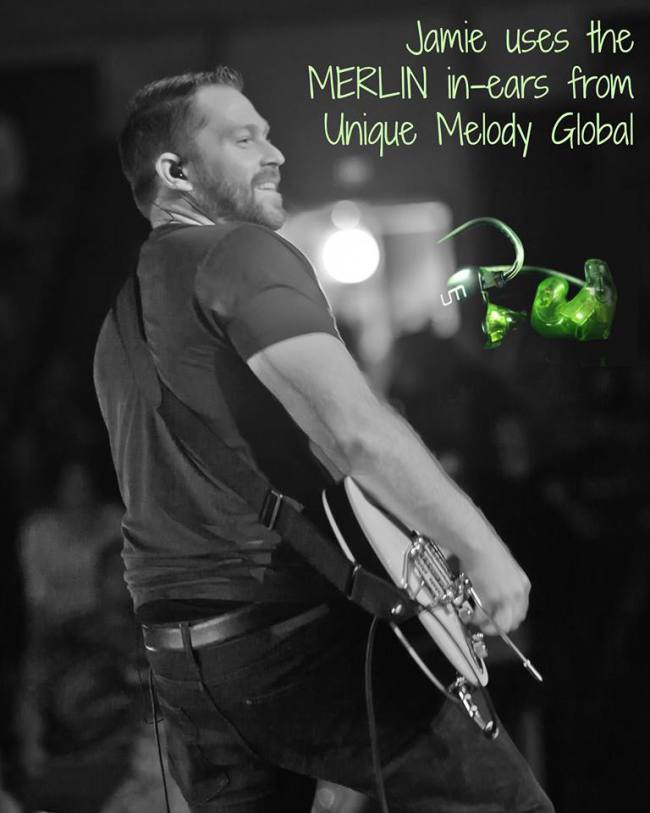We had a great turnout at our first week of Connect! If you know all about Connect, skip down to the Key Scripture area… where the meat starts.
If you’re asking “What’s Connect?” then you probably weren’t here Tuesday night. This week Ascension started a Bible Study as a way to invest in our artists, encourage them, and build community with one another. We call it Connect.
Don’t fret if you’re not an Ascension artist. Just keep reading.
Our hope is that through this blog you too can be encouraged and even add to our conversation.
Key Scripture: Colossians 3:12-17
12 Put on then, as God’s chosen ones, holy and beloved, compassionate hearts, kindness, humility, meekness, and patience, 13 bearing with one another and, if one has a complaint against another, forgiving each other; as the Lord has forgiven you, so you also must forgive. 14 And above all these put on love, which binds everything together in perfect harmony. 15 And let the peace of Christ rule in your hearts, to which indeed you were called in one body. And be thankful. 16 Let the word of Christ dwell in you richly, teaching and admonishing one another in all wisdom, singing psalms and hymns and spiritual songs, with thankfulness in your hearts to God. 17 And whatever you do, in word or deed, do everything in the name of the Lord Jesus, giving thanks to God the Father through him.
4 Ways to LIVE IT OUT:
1. Create a daily discipline (vs. 12-13)
Just like we put on clothes in the morning, we have to daily put on compassionate hearts, kindness, humility, meekness, and patience, forgiveness, and love. We can’t just expect these characteristics to appear but we have to make them our new normal.One guy compared it to his attempt at wearing a watch…For a couple months he wore a watch. He kept it on and tried to make it his new normal. He took it off one day and has yet to wear the watch since. He never could get used to it. He said if you don’t feel weird that it’s not on, you’re going to forget that it’s not on.*
Now apply this same idea to the characteristics outlined for God’s chosen ones. This has to be something we’re doing daily, a core part of what makes us who we are. It is something we can only do with the Holy Spirit because these traits are in opposition to our fleshly nature.
2. Be united and act in love (vs. 14-15)
Being united doesn’t mean having no problems, it means loving through those problems and being gracious toward one another. The love of Christ is perfect harmony.When we allow the peace of Christ to rule in our hearts, we are able to share that peace and love with those around us, which leads to unity and community within the body of Christ.
As the body of Christ, we’re forgiven. This is not just part of why we are who we are; it is the ONLY reason we are who we are! We are called to forgive because Christ forgave us. And when we forgive, we are acting in love and building unity.
3. Share Christ (vs. 16)
Let’s question ourselves for a minute… How are we sharing Christ in what we do? As worship leaders… are we mindful of what is being taught through the songs we choose on a Sunday? As musicians… are we playing for the Glory of God or for ourselves? As creatives… are we creating something that resonates and teaches*? As believers… Is everything we do for the kingdom?
It is our responsibility as believers to share Christ with others in EVERYTHING we do.
4. Be thankful (vs. 17)
Everything up until this point can only be accomplished if we have a thankful heart. It is repeated more than once in this passage: be thankful, with thankfulness, giving thanks to God.
When we recognize what Christ has done for us, we can live out what is desired for “God’s chosen ones.” A thankful heart leads to true worship. A thankful heart is the first step to living out Colossians 3:12-17.
Your Turn:
How do you apply these verses when serving in your home church?
What about in your everyday life?
*Specific thoughts from Connect Bible Study participants
Read More

Renewed Vision’s steps of growth:
Back in 1999 there was no strong worship software. My business partner was helping with Passion conferences on road shows, and he came up with the first version of ProPresenter to show lyrics on the screen. We were working together in another company, so this was a side job we created. Large churches like NorthPoint started to adopt the software. We left our original organizations to start-up a new company, and put our efforts into ProPresenter, and developed our first main stream product “ProVideoPlayer”. Once the video player took off and was successful, we moved that technology into ProPresenter and that became ProPresenter 3. This update made the program launch into main stream. It played videos very well and satisfied the need in the marketplace. We started the company in 2005, before that it was a side activity.
We have so many customers and our focus was stability, quality, and ease of use. Those things catapulted the software. It is an easy interface that works well with churches videos. We knew we wanted it in our productions at Catalyst, North Point, and 7:22. It did well because of the quality, ease of use, and reliability of it. You can see it used on Chris Tomlin tours and at Catalyst. Throughout the years, the presentation software has moved into the secular world, and it’s really cool because many times technology from there gets adopted into the church. Our software began in the church and is now being adopted outside. It happened with the London 2012 Olympics, they used it in all 35 sporting venues all throughout London to project flags, videos, etc. The Olympics are watched by so many people and it is fun to see the technology grow. The software was geared for the randomness that Church can sometimes be, and we addressed that, so things can run smoothly and in a professional way.
We have Major League sporting teams and schools beginning to use it for different activities. We have watched it move outside of the churches walls, and it helps fund us for where our heart lies the most; developing great software for Church Productions.
Visit them at http://www.renewedvision.com
Read More
Matt McCoy, Founder of Loop Community
I’ve been using Loops and MultiTracks in worship for over 9 years, with no looking back. A few weeks ago, my band and I were leading worship at a nearby local church. Afterwards, someone came up to me and said, “Wow! I’ve never heard so much sound come from just four people!” As much as I wanted to take credit for the band members and myself, I knew that our secret weapon was sitting only a few feet away on the stage behind me.
Four Humans and a Computer
It’s becoming more and more common to see a computer on stage, sitting “humbly and quietly” with its soft, soothing glow of an apple logo. But don’t be fooled by its seeming passivity – that motionless band member has become a critical part of the modern worship sound. Not only does the computer help keep everyone ‘N Sync with each other (bad joke) by providing a click track/metronome, it is also playing the role of band director by giving vocal cues and instruction to everyone in the band on where to go next in the song (Verse, 2, 3, 4!). If you’re a worship leader, you probably understand the problem this solves. We’ve all been in that train-wreck moment when you’re going to the verse, but the drummer is going to the chorus and the electric guitar is going to the solo … oh wait, they are always on the solo. Anyone with me? By using vocal cues and a click track, everyone knows where they’re collectively going next without question. This helps keep everyone tight.
However, this is just one side of the computer’s many talents. While everyone in the band is rocking out to a click track and band cues, the computer is playing back Loops and MultiTracks that enhance and supplement the sound coming from stage. For example, Loops and MultiTracks may contain sounds like shakers, tambourines, synth lead lines, or pads. Unfortunately, we can’t all have a full orchestra, percussion kit, analog synth, or mandolin every weekend at church. Also, a church may lack in the quantity or quality of available musicians. If you’re missing a keyboard player one weekend, your computer is always ready and willing to fill in. Want to add those cool delayed ‘beeps’ and ‘glitch’ noises you hear on a recording? Play a long with a Loop or MultiTrack. It’s also an easy way to add fresh and creative sounds to your worship experience.
So, How Do I Get In The Loop?
“Okay” you say, “I have a computer, but how do I get it from just browsing Facebook to becoming a key player on stage?”
The Software: You can use iTunes or any music software, but the preferred software choice among electronic worship leaders is Ableton Live. You can create your own loops and tracks in Live and then use them to perform on stage. You also can build a set list and quickly change the key or tempo of your Loops and MultiTracks. At first it may look intimidating, but once you put the “training wheels” on and go for a spin, I promise you’ll never want to stop. It’s also very affordable.
The Sounds: A few years ago, I was preparing a worship set for Willow Creek and thought, “Wouldn’t it be cool if there was a website where worship leaders could download and share worship loops and multitracks?” LoopCommunity.com was born which now provides practical resources for worship leaders around the world. If you’re brand new, get free training on how to use Ableton Live and other technology in worship. If you need a Loop or MultiTrack, search for a song and download one. If you create your own loops, upload and share your work with other worship leaders. We are a vanguard of electronic worship musicians. You can even join for free – everyone is more than willing to help you get going.
Loop Community has also developed a USB Foot Pedal that allows worship leaders to control their loops and multitracks with their feet. This is helpful for worship leaders who play acoustic guitar and don’t have their hands free. You can get your hands on “Looptimus” for $199 by pledging funds on KickStarter: http://loop.cm/kickstarter
So the next time you play and someone says, “Wow, I’ve never heard so much sound come from just four people”, just tell them you’ve decided to add a fifth member to the band.
Visit LoopCommunity.com and sign up for free!
Matt McCoy is a worship leader and songwriter from Chicago, IL. He is the founder of Loop Community and an Ableton Certified Trainer. Follow him on Twitter.
Read More

The more churches we work with the more I see a need for proper use of compression and gain structure.
The majority of churches now have access to digital consoles, this is great because of the different options you get with them are much more, and now with how affordable they have become so many churches are able to get them.
With a digital console, a church sound guy has more tools to work with than ever before. When using analog consoles, compression is something of an added expense to have on every channel and it can become very complex. Digital consoles make this much easier with onboard compression.
Compression is very much overlooked sometimes. Compression is the process of taking the input level and squeezing it down to something that is easier to mix with. Compression helps with singers’ and pastors’ microphones in a great way. It allows for the explosions of sound when the singer or pastor wants to emphasize a chorus or point in a song or message without clipping or distorting the sound for the audience.
The issue with compression is that most people do not use a proper gain structure. This is where you increase the gain to the proper level for the singer, pastor, or instrument.
In some cases we have seen where a church may over compress the signal coming in when it just needs to have less overall gain. The more you compress a signal the weaker it is and sounds, which is why you need to add the gain back. This is the RATIO, which just means for every 1 db of input you will compress it down that many times once it passes the THRESHOLD, which I will talk about in a minute. So if you have a 1:4 ratio, you are compressing the 1 db of signal down 4 times, which means you are squeezing it a lot.
The THRESHOLD is the point in which the compressor will turn on. It will not turn on until it passes that set level. The ATTACK and RELEASE are just the speed of the compressor taking the input signal, compressing it, and sending it back out. Most times on digital and even analog compressors you can see how much GAIN REDUCTION is done to the signal. This is where you need to use the OUTPUT GAIN to gain up the signal you just compressed.
Here’s a good starting point:
Try a ratio somewhere between 4:1 and 8:1, an attack time as fast as possible, with a release time of around half a second. Try and achieve about 4-6dB of gain reduction. Makeup gain 4-6db.
Read More
Our electric guitarist Jamie Miley likes to use the
MERLIN in-ears from Unique Melody Global when he plays every Sunday.
“I have enjoyed the full range of sound the Merlin’s offer, especially the low dynamic sub. It also has an ambient port which allows for a great live sound. It is the best by far in ear monitor a musician could ask for!”

Read More




